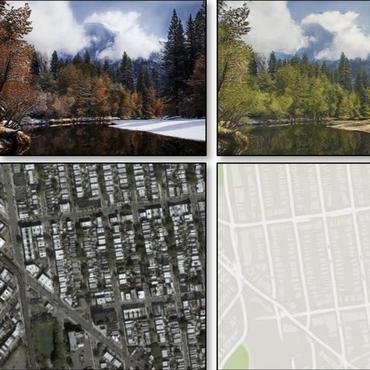Augmenting Ego-Vehicle for Traffic Near-Miss and Accident Classification Dataset using Manipulating Conditional Style Translation
To develop the advanced self-driving systems, many researchers are focusing to alert all possible traffic risk cases from closed-circuit television (CCTV) and dashboard-mounted cameras. Most of these methods focused on identifying frame-by-frame in which an anomaly has occurred, but they are unrealized, which road traffic participant can cause ego-vehicle leading into collision because of available annotation dataset only to detect anomaly on traffic video. Near-miss is one type of accident and can be defined as a narrowly avoided accident. However, there is no difference between accident and near-miss at the time before the accident happened, so our contribution is to redefine the accident definition and re-annotate the accident inconsistency on DADA-2000 dataset together with near-miss. By extending the start and end time of accident duration, our annotation can precisely cover all ego-motions during an incident and consistently classify all possible traffic risk accidents including near-miss to give more critical information for real-world driving assistance systems. The proposed method integrates two different components: conditional style translation (CST) and separable 3-dimensional convolutional neural network (S3D). CST architecture is derived by unsupervised image-to-image translation networks (UNIT) used for augmenting the re-annotation DADA-2000 dataset to increase the number of traffic risk accident videos and to generalize the performance of video classification model on different types of conditions while S3D is useful for video classification to prove dataset re-annotation consistency. In evaluation, the proposed method achieved a significant improvement result by 10.25% positive margin from the baseline model for accuracy on cross-validation analysis.
PDF Abstract



 DADA-2000
DADA-2000